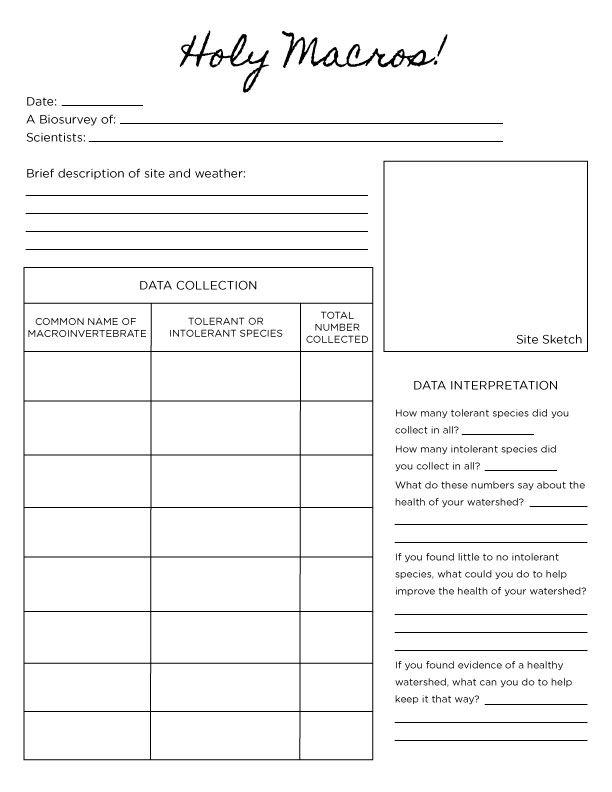Science Lab: Dissecting Flowers
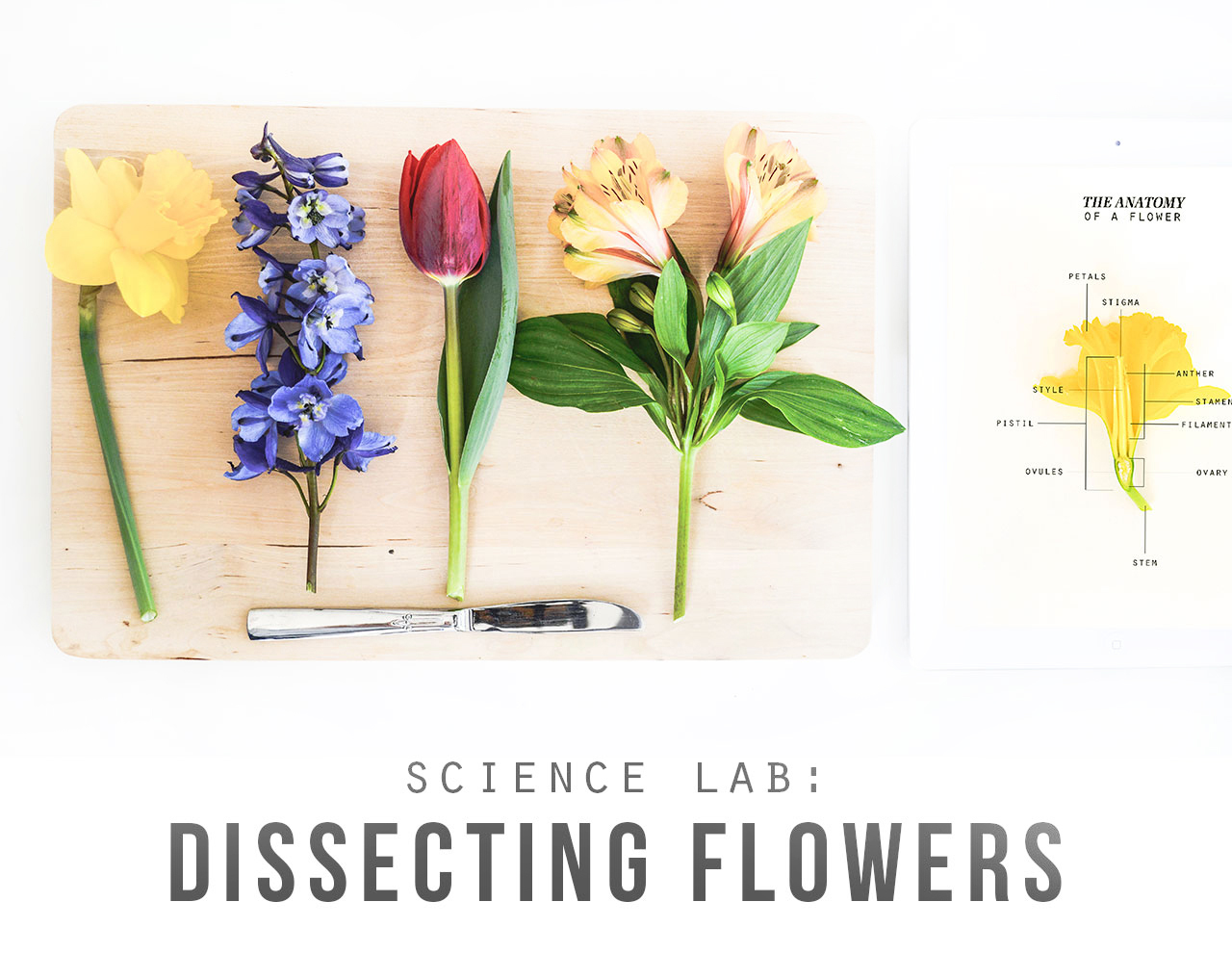
I will never forget the unexpected delight I felt when my college botany professor announced that we would be dissecting flowers in class. The fact that I had appreciated flowers for so many years without ever knowing what was going on inside of them was eye-opening for me. By taking the time to slow down and dig a bit deeper, I discovered a whole new world—the inner workings of a flower.
Isn’t that what we all want? To be pleasantly surprised by a new discovery, to experience the awe and sense of wonder for all the universe has to offer? To feel that there is something bigger and greater than ourselves at work in the world?
Go ahead, give it a try!
Vocabulary
- Eco-System
- Petal – outer sections of the flower
- Stem – main stalk of the plant
- Pistil – part of the flower that produces seeds
- Stigma – sticky part at the top of the pistil that catches the pollen
- Style – long part of the pistil between the stigma and the ovary
- Stamen – part of the flower that produces pollen
- Filament – part of the stamen that supports the anther
- Anther – part at the top of the stamen that produces the pollen
- Ovary – large part of the pistil that produces the ovules
- Ovules – when the ovules are fertilized by pollen, they become the seeds
- Spathe – thin sheath that protects the flower buds
Materials
- Cutting Board
- Flowers
- Child-Safe Knife or Scissors
- Printables (see below)
Resources
Book Love
- The Reason for a Flower by Ruth Heller – This is our go-to book for using when we dissect flowers. It has lovely illustrations that explain the parts and functions of all the parts of a flower.
- Pick, Pull, Snap!: Where Once a Flower Bloomed by Lola M. Schaefer – This is a lovely picture book that describes in simple terms the process by which plants flower, create seeds, and bear fruit.
- Flowers are Calling by Rita Gray – This beautifully illustrated book shows us the marvel of natural cooperation between plants, animals, and insects as they each play their part in the forest’s cycle of life.
Make sure to check out more of our favorite flower finds, here.
Printables
- Anatomy of a Flower I
- Anatomy of a Flower 1 (blank)
- Anatomy of a Flower II
- Anatomy of a Flower II (blank)
- Anatomy of a Flower Tape On
* This post contains Amazon Affiliate links.
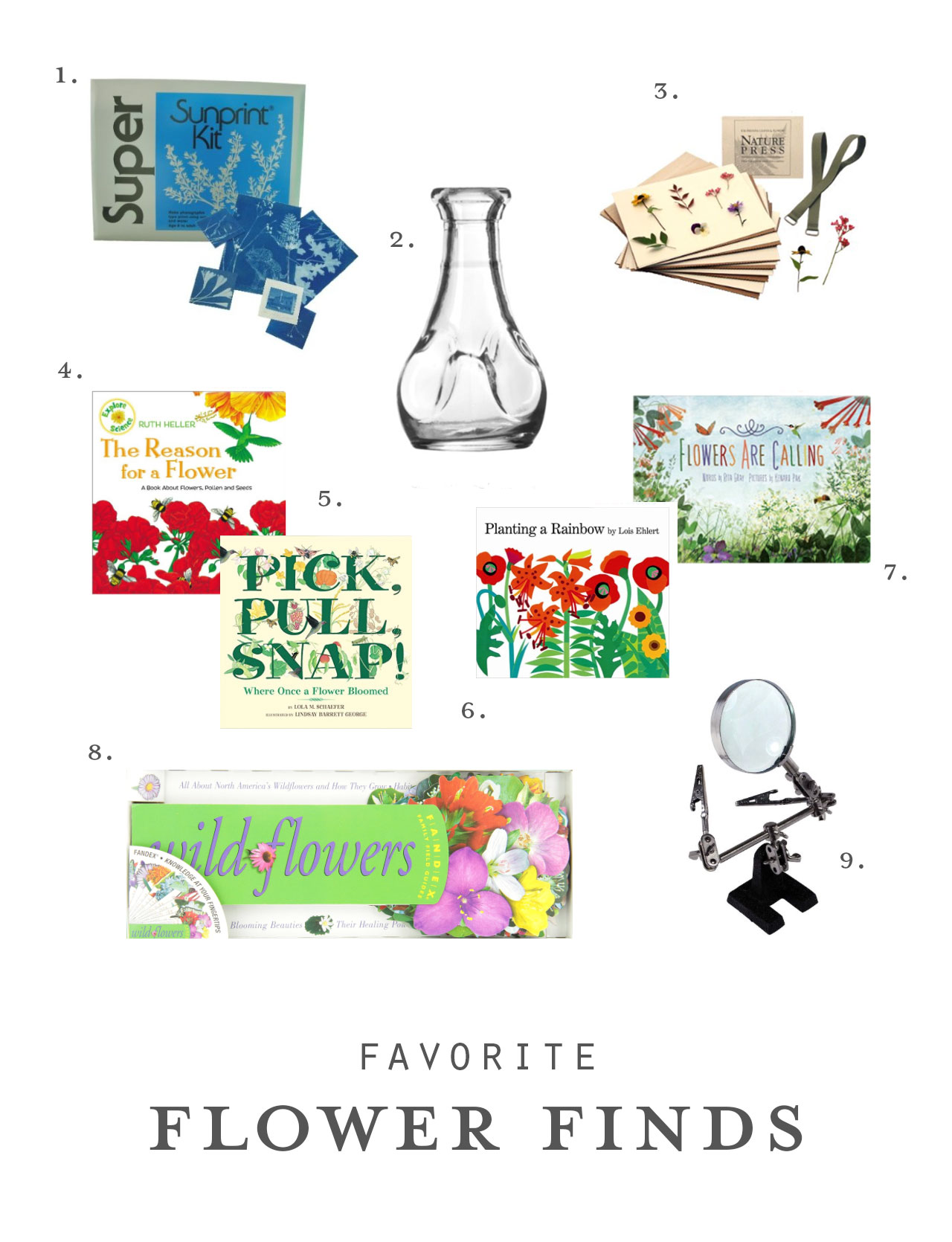
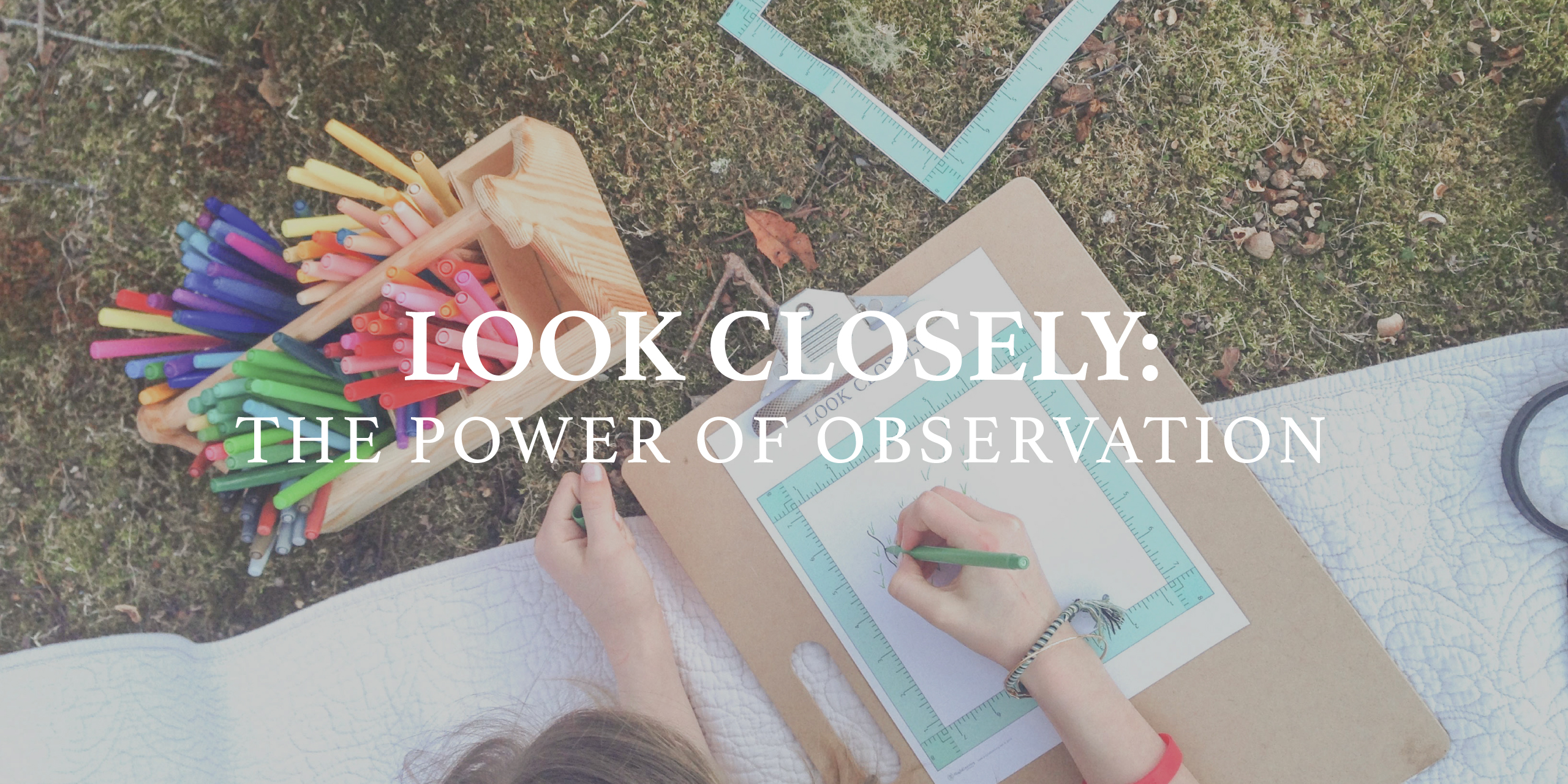

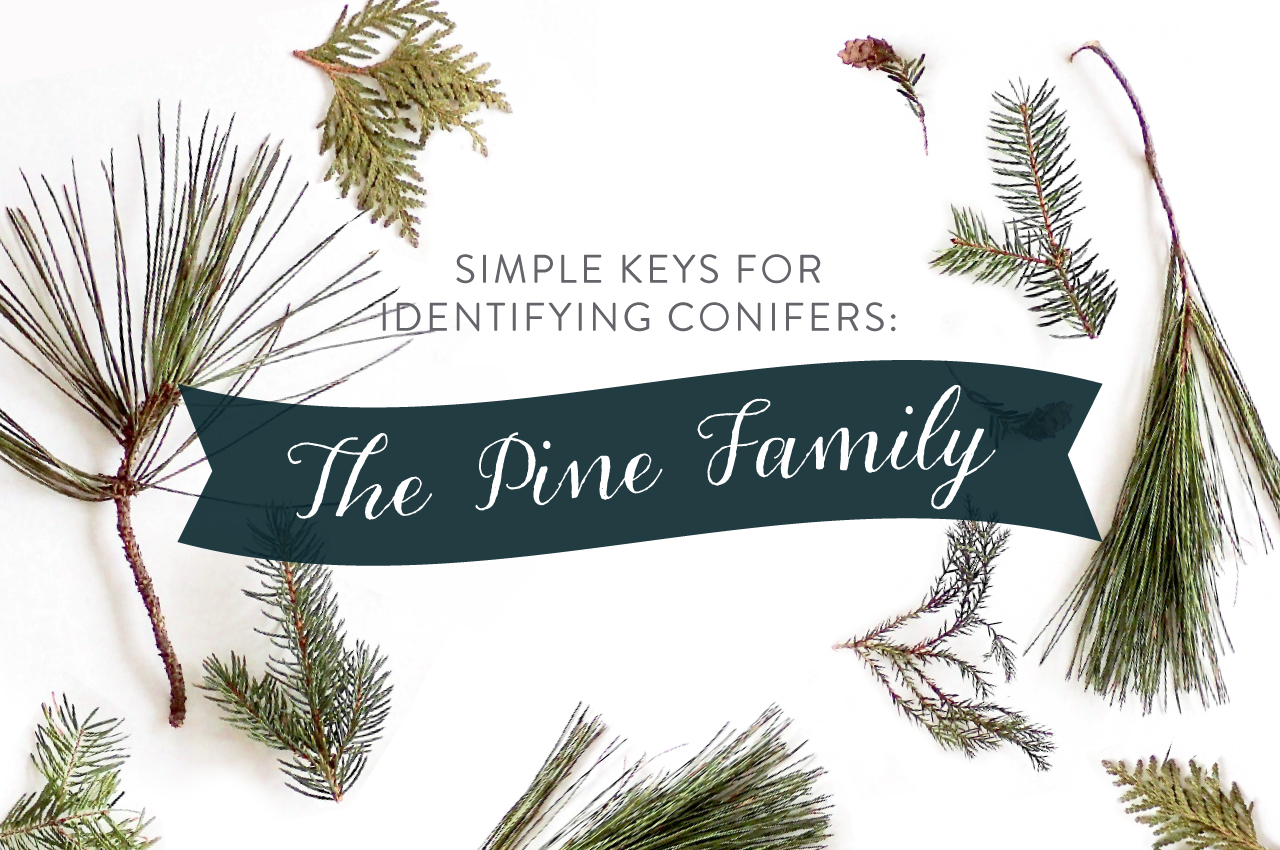
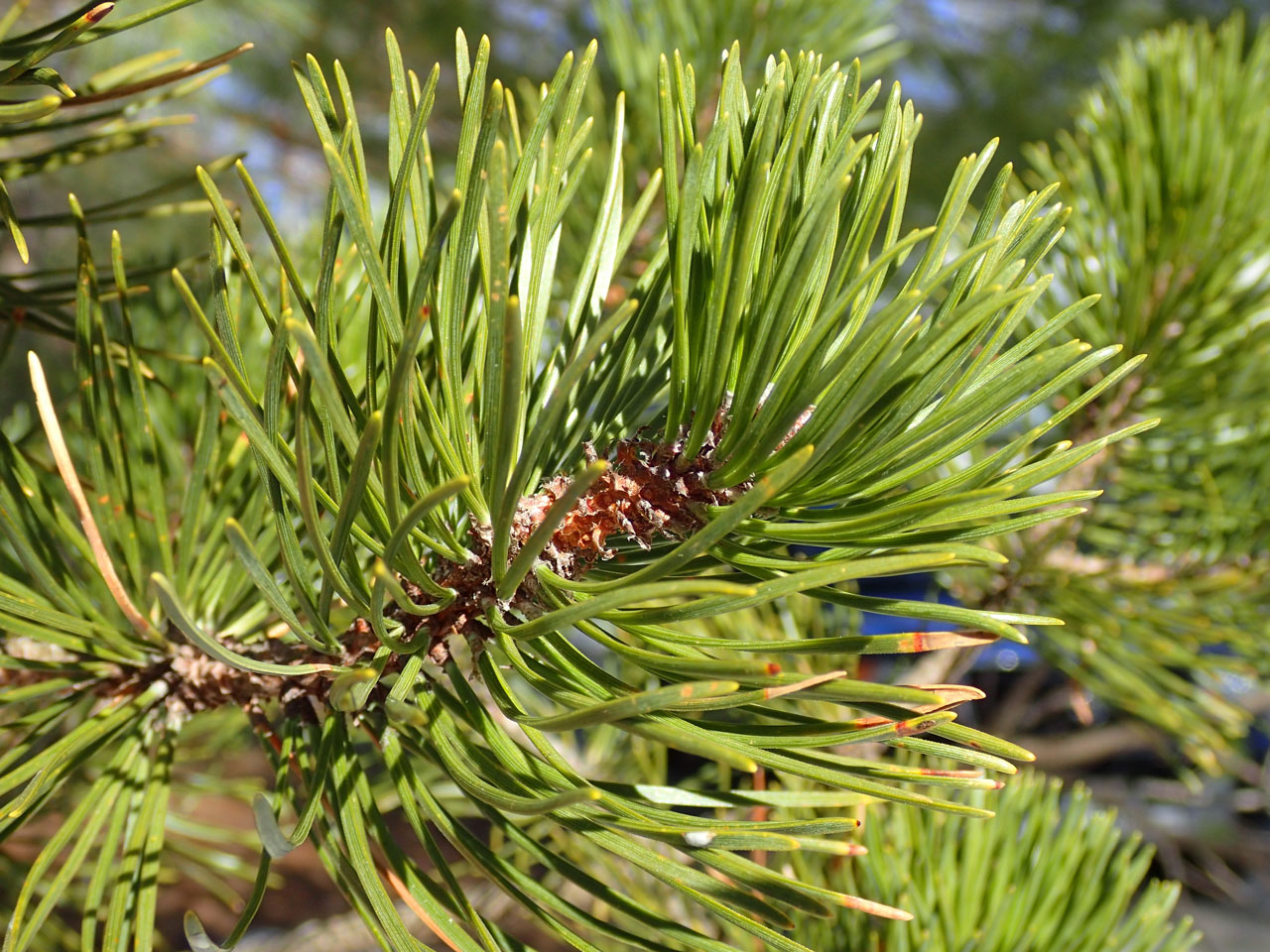
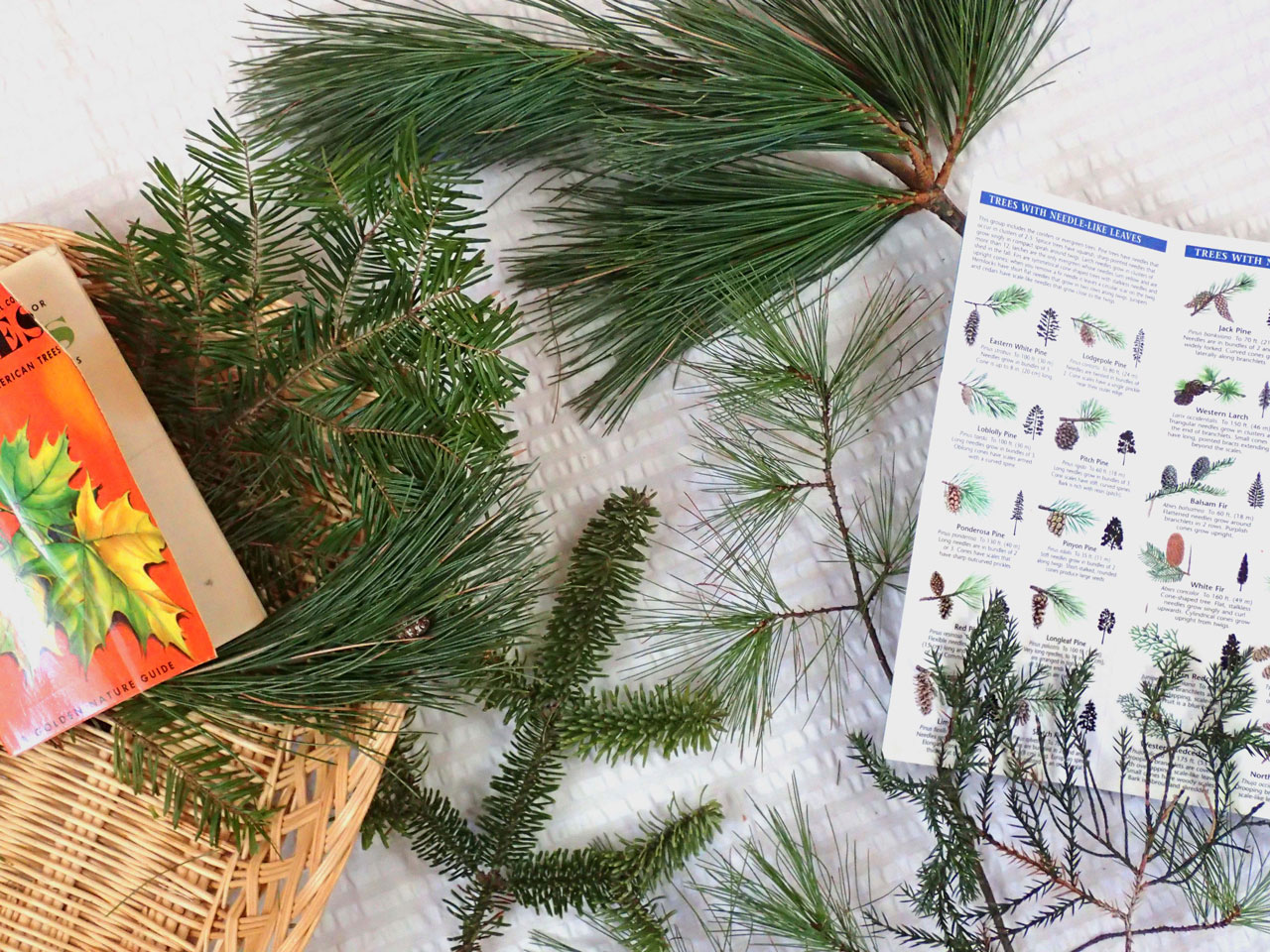
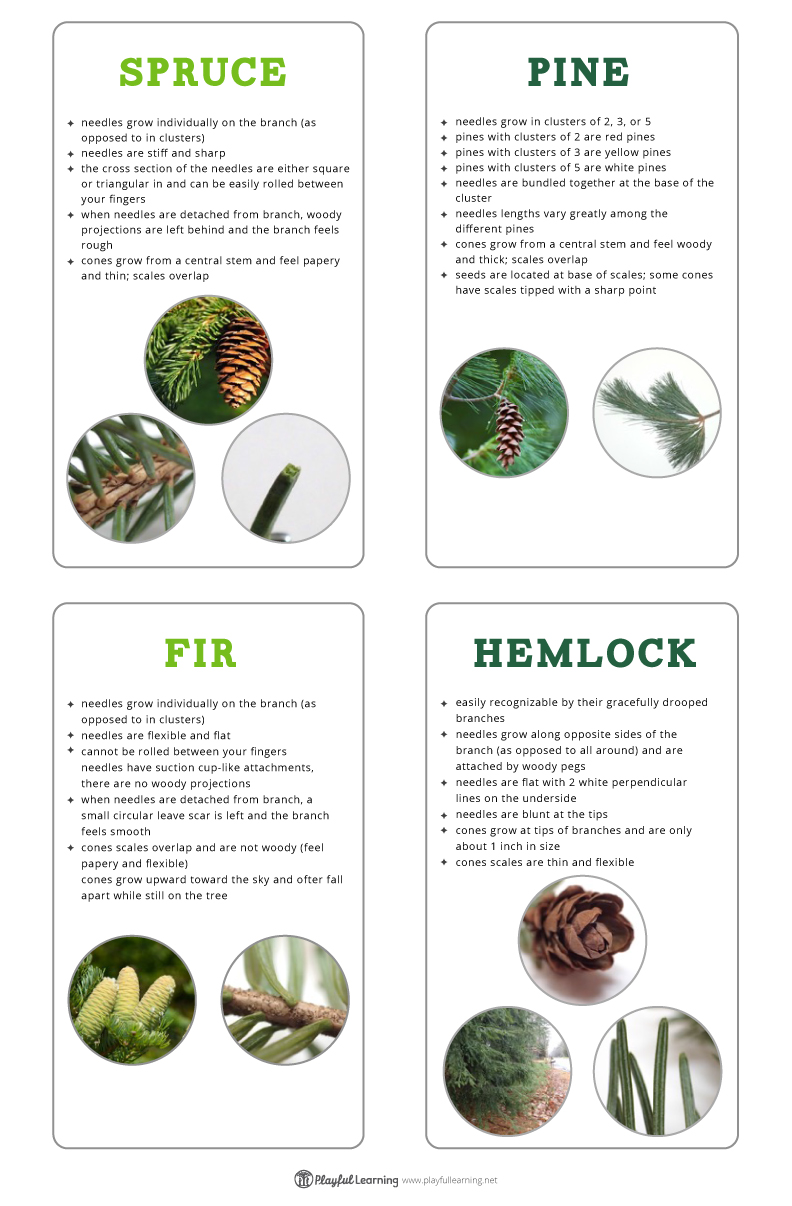
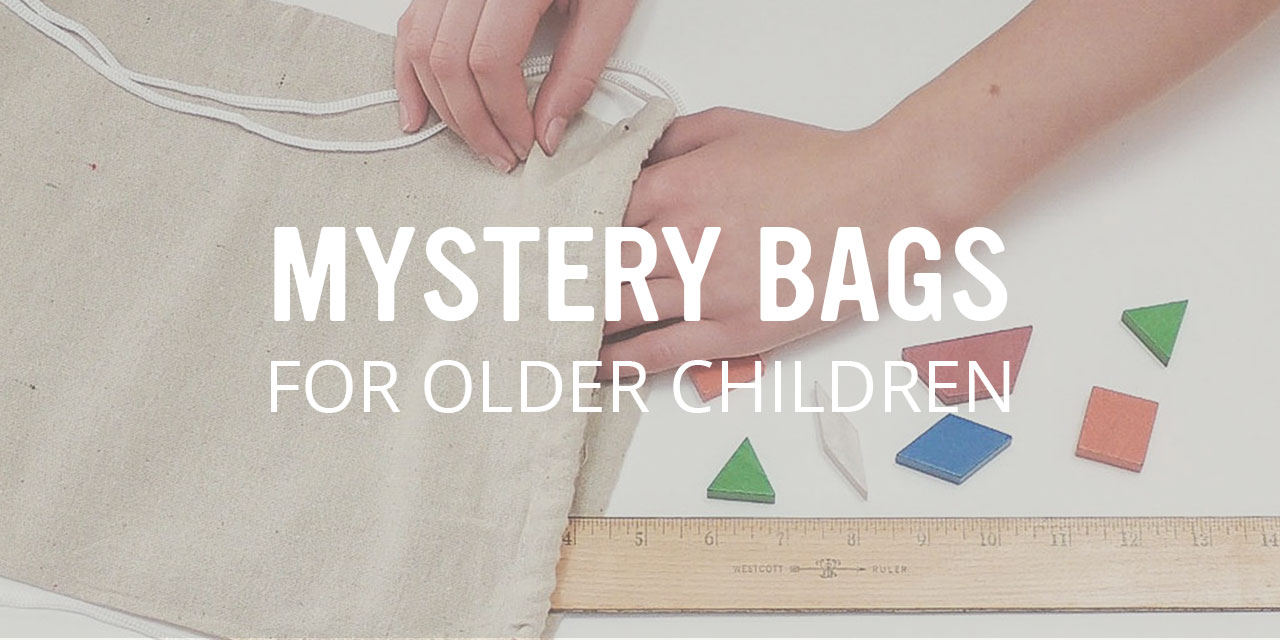


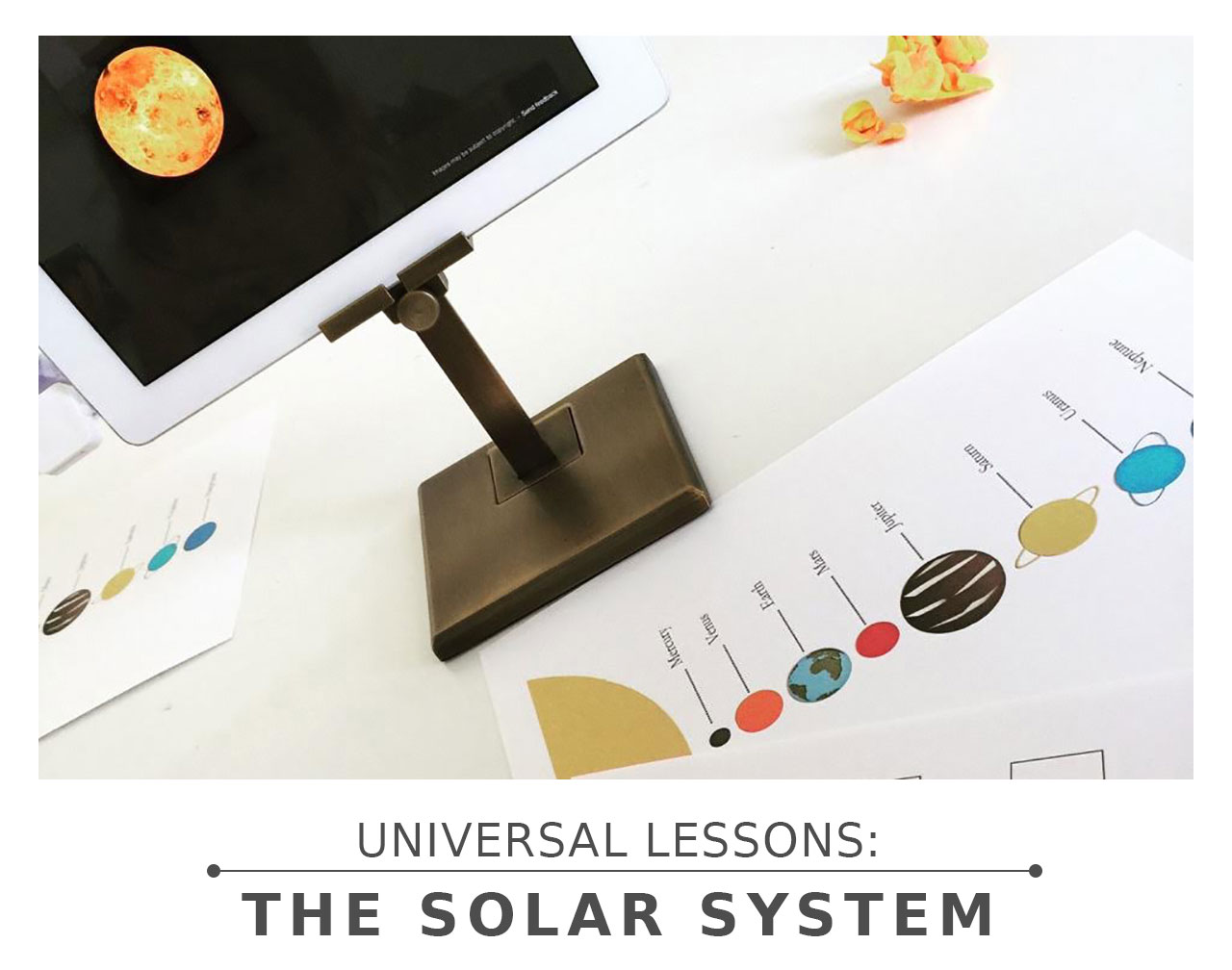
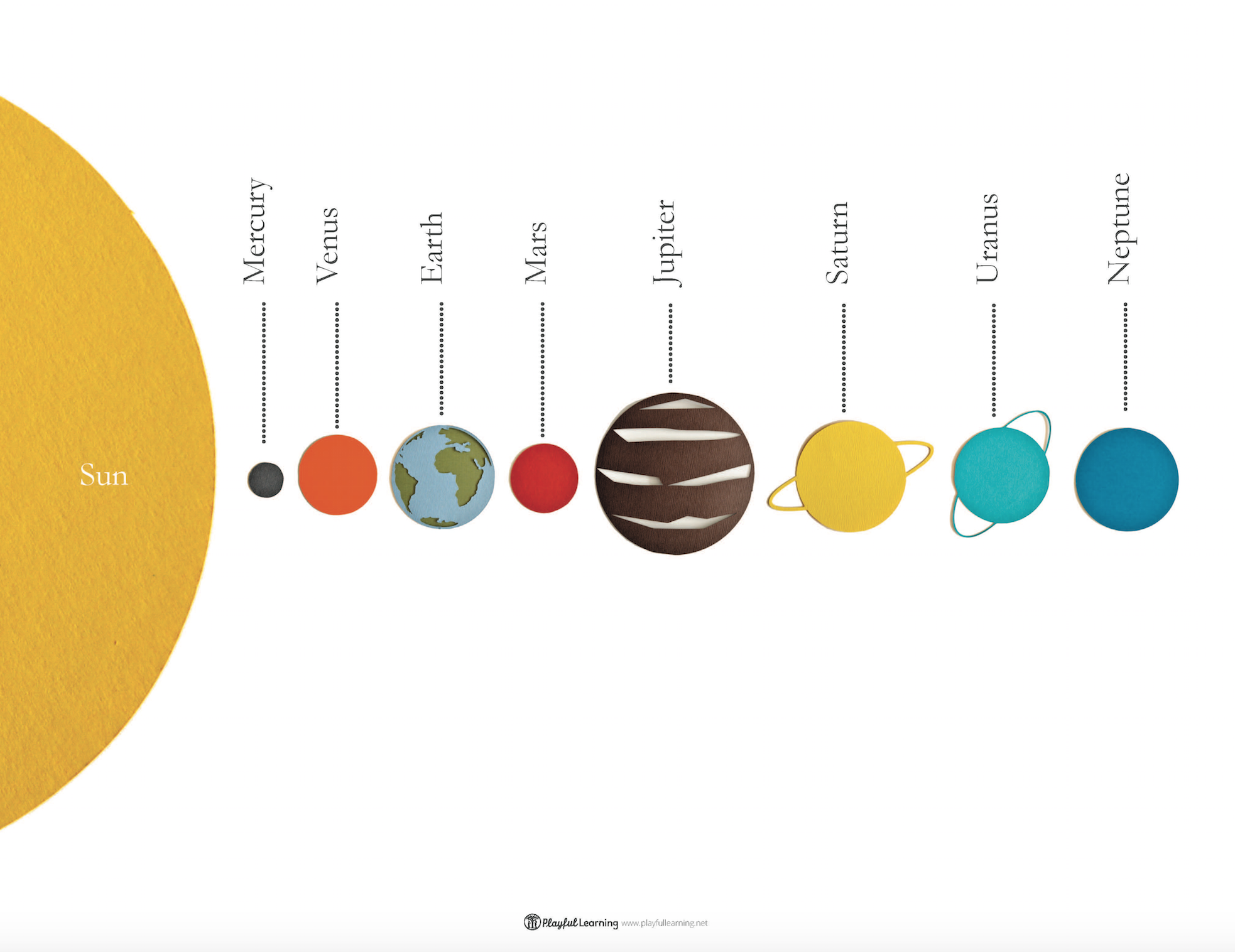

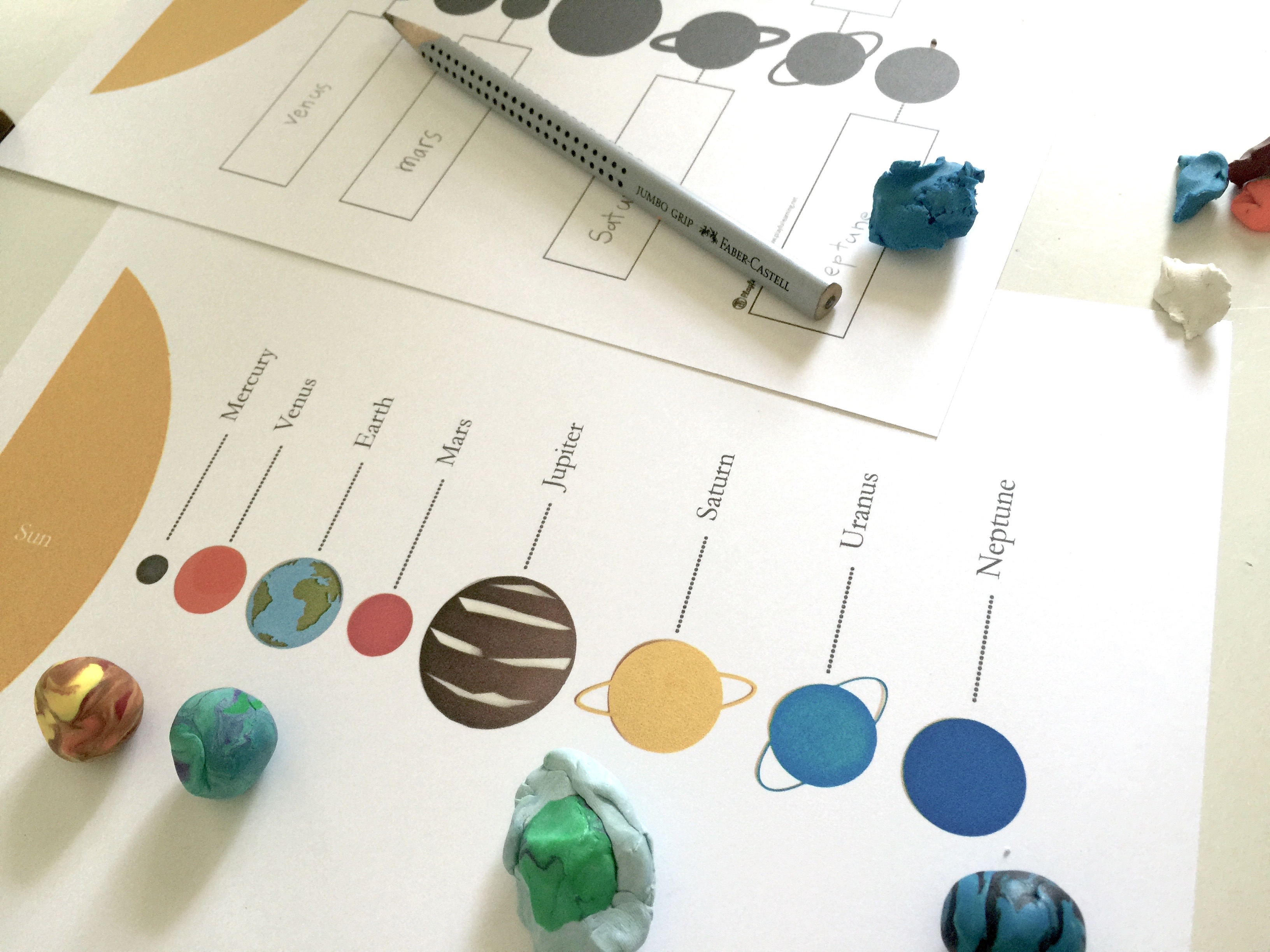

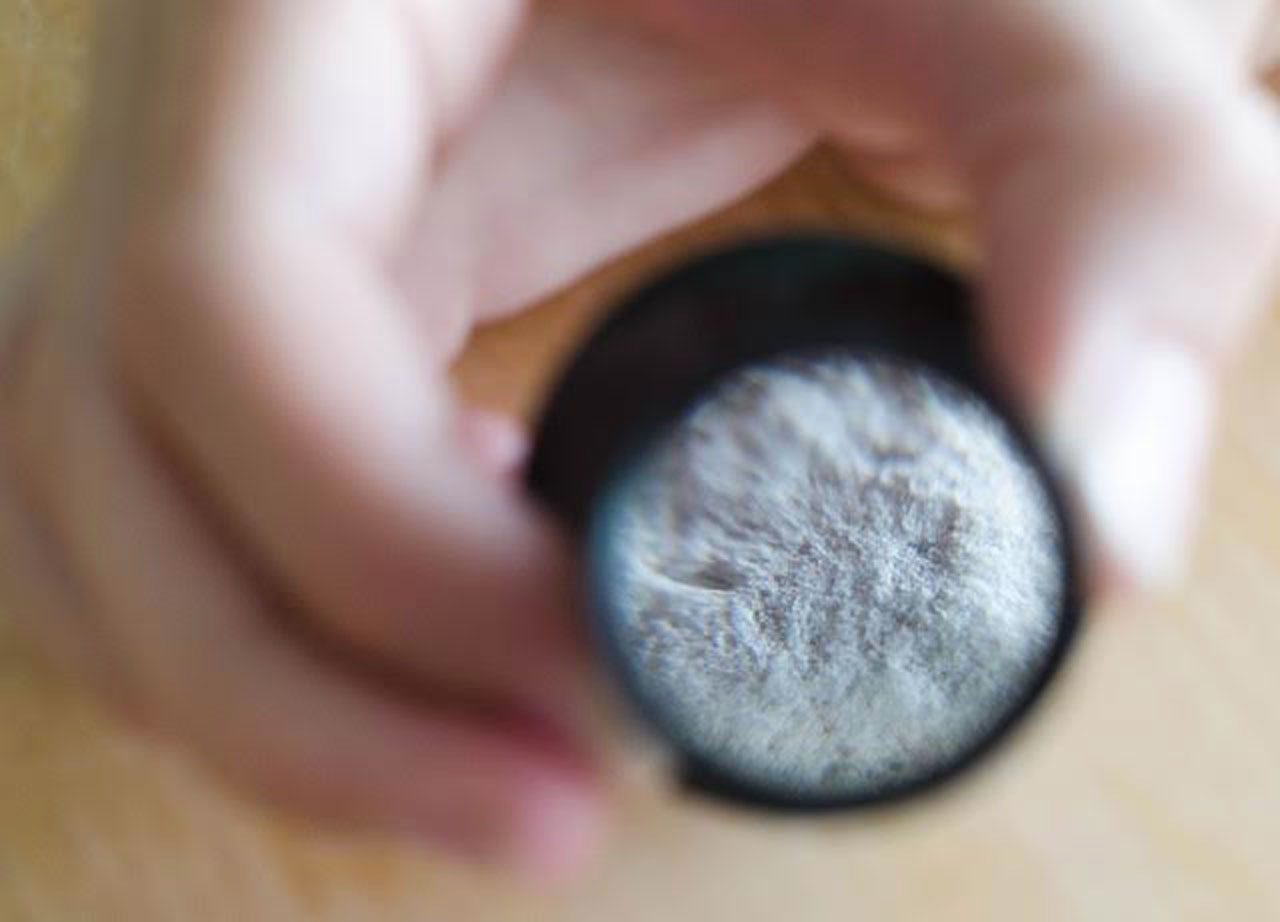

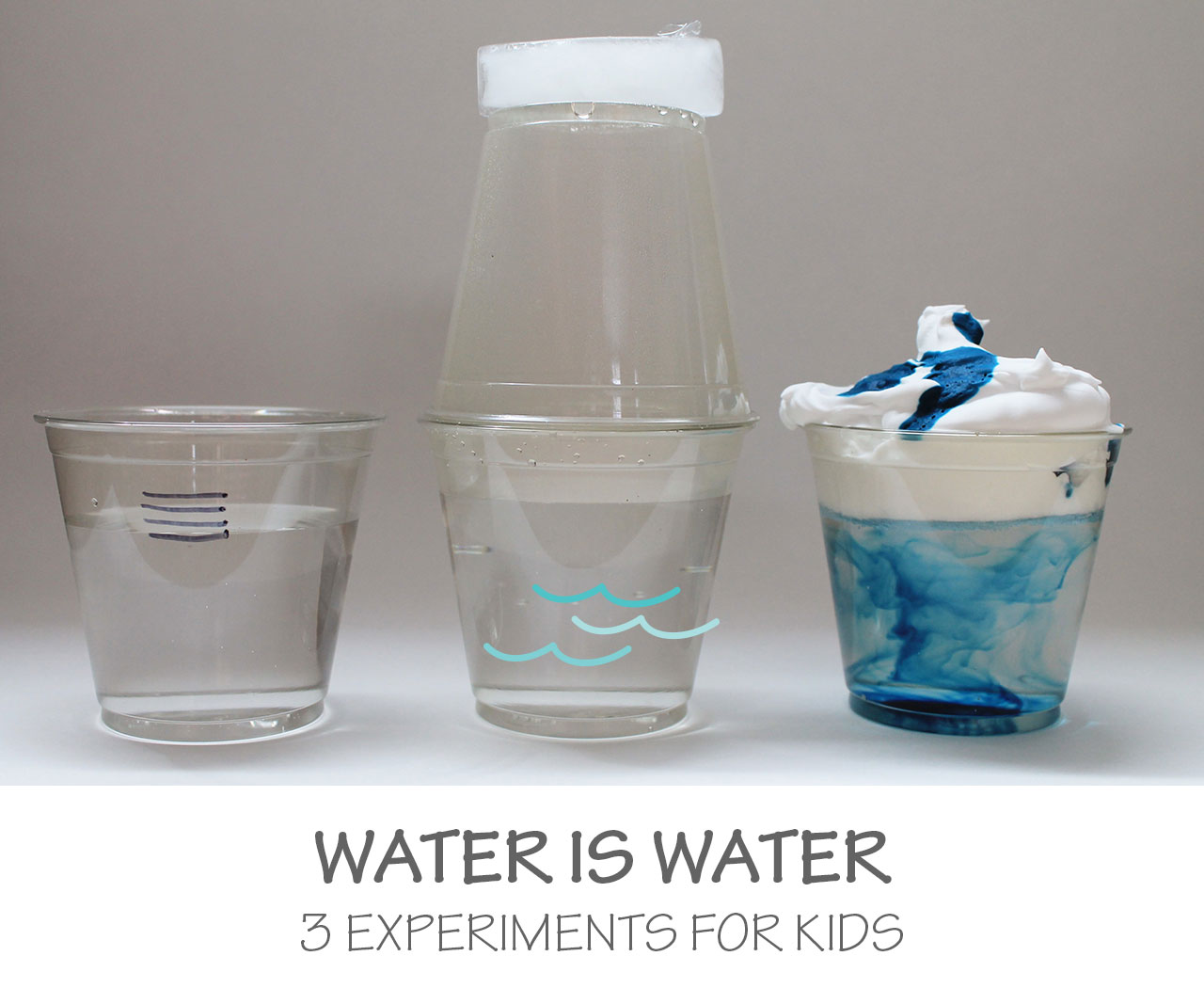



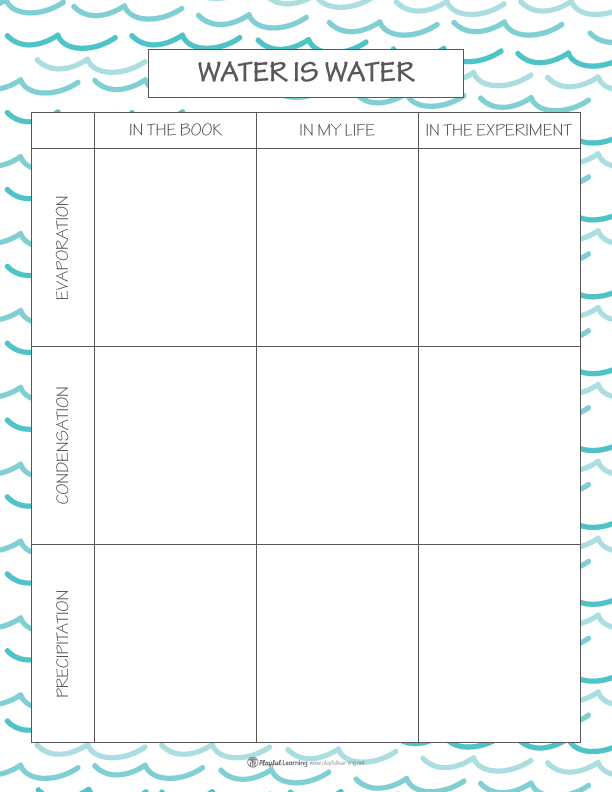
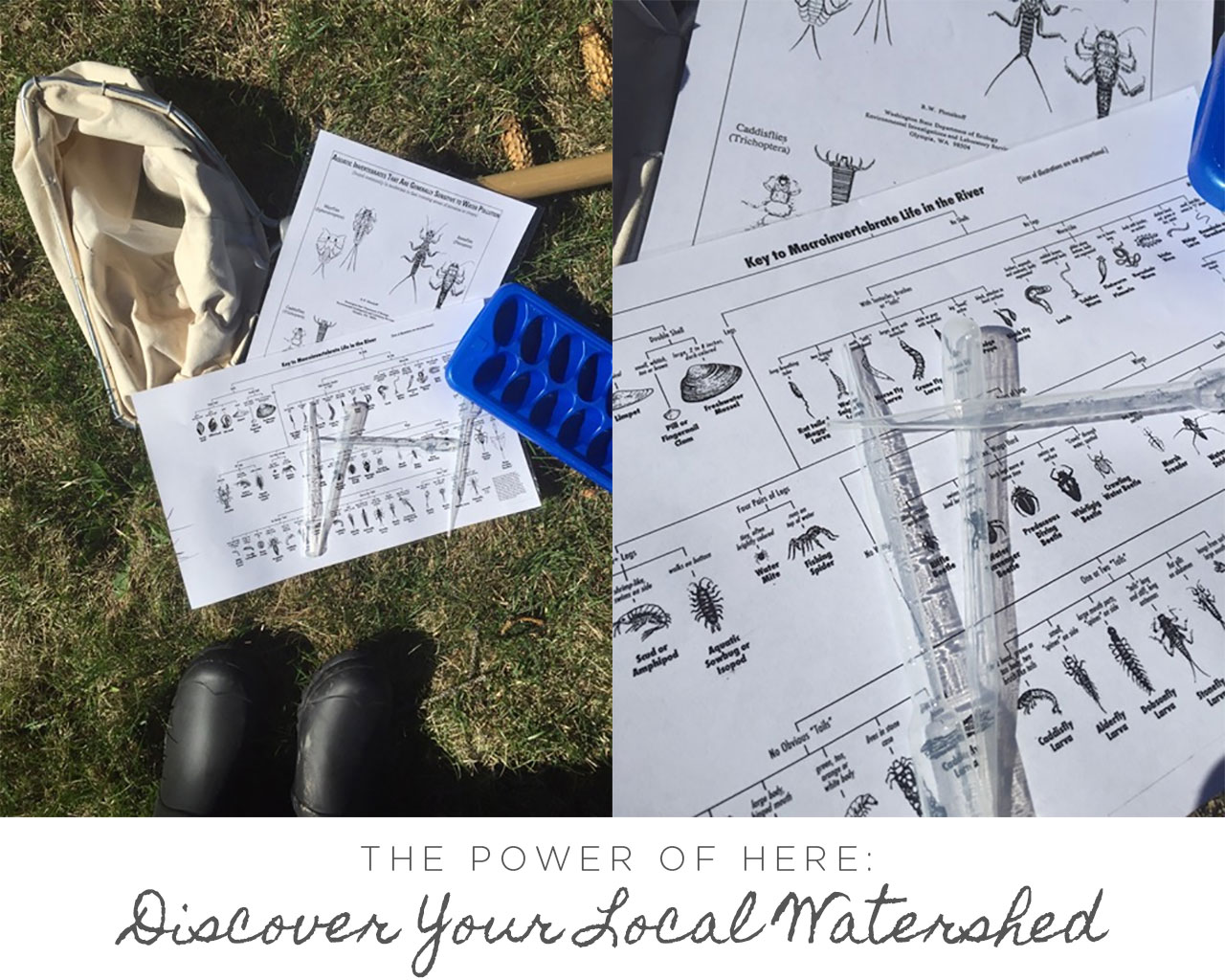 Place-based education has been around for quite some time. However, it is gaining momentum in the public education sector as educators have discovered the high levels of engagement and the inevitable adoption of The Next Generation Science Standards across states. The philosophy behind
Place-based education has been around for quite some time. However, it is gaining momentum in the public education sector as educators have discovered the high levels of engagement and the inevitable adoption of The Next Generation Science Standards across states. The philosophy behind 
